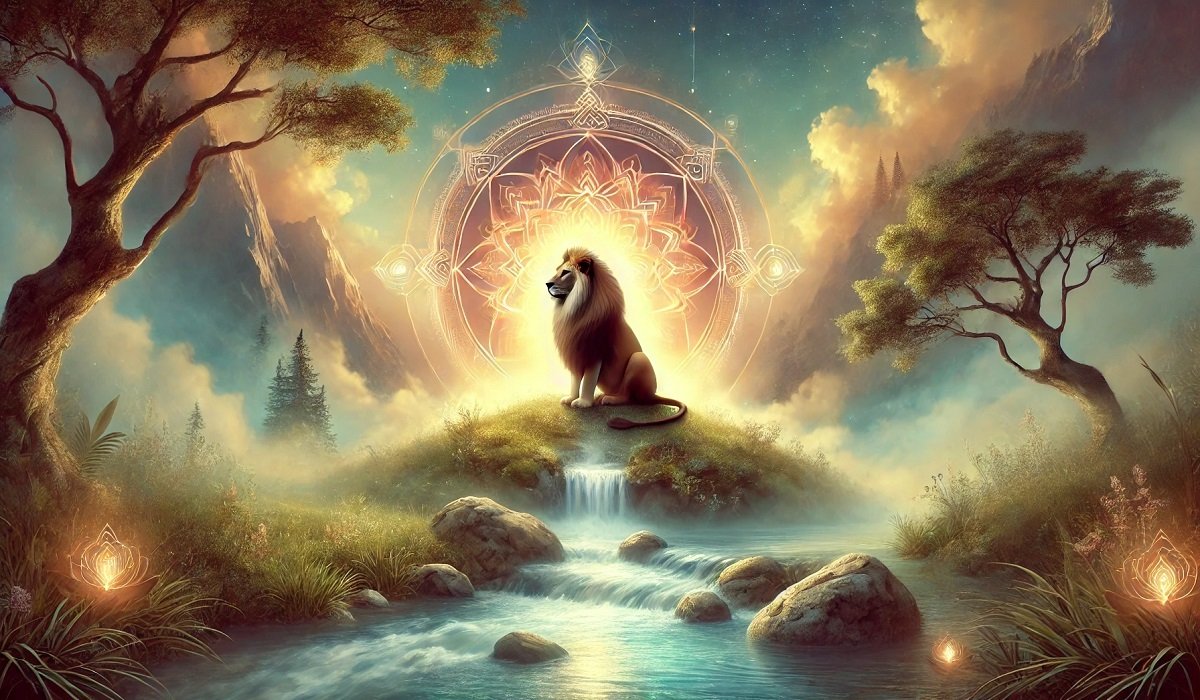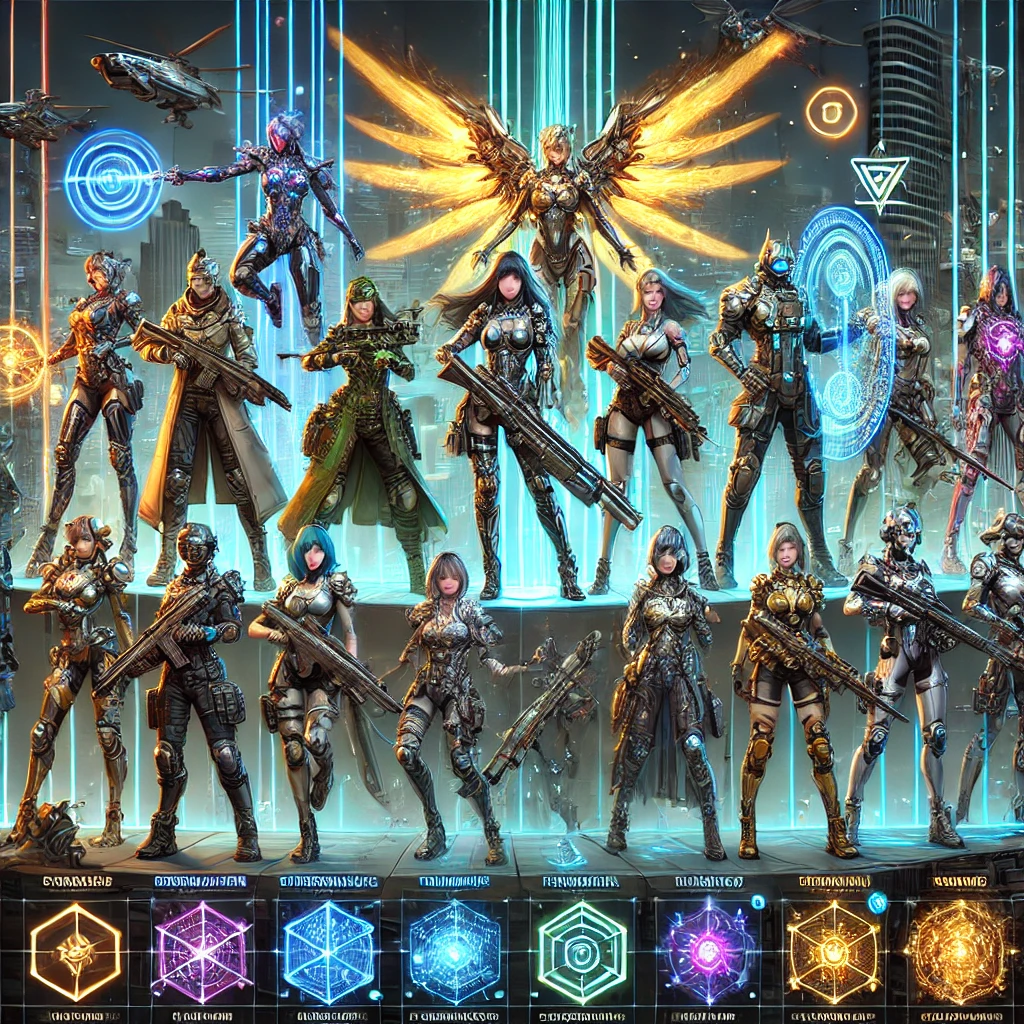Swayameva Mrugendrata is a term deeply rooted in Indian culture and philosophy, with references often found in the ancient scriptures and spiritual teachings of India. The phrase, while somewhat esoteric to modern audiences, has a profound meaning that connects to self-realization, spiritual mastery, and the intricate web of India’s historical, religious, and philosophical landscapes. This article aims to unpack the phrase, explore its cultural and historical significance, and examine its role within Indian literature and philosophy.
What Does “Swayameva Mrugendrata” Mean?
Swayameva Mrugendrata can be broken down into two key components: “Swayameva” and “Mrugendrata.”
- Swayameva: This term translates to “self-born” or “self-made.” It suggests an entity that exists independently or has risen from its power or essence. It implies self-sufficiency, self-realization, and the capacity to manifest one’s existence.
- Mrugendrata: Mruga (meaning “animal”) and Indra (the king of gods) combine to form “Mrugendrata,” which loosely translates to “the state of being the king of animals,” or more symbolically, the “mastery of the self.” It is a concept that speaks to dominion over one’s instincts, desires, and ego, akin to the supremacy of a lion among other animals.
Thus, Swayameva Mrugendrata represents an ideal state of self-mastery and empowerment, where the individual is not just born of their own will but rises to dominate their inner nature, much like a lion reigning over other animals. It suggests a journey towards spiritual sovereignty and enlightenment, one where an individual reaches their highest potential through self-realization.
The Cultural Context of “Swayameva Mrugendrata”
In the context of Indian culture, the idea of mastery over one’s own nature is a recurring theme. In Hinduism, Buddhism, and Jainism, teachings about overcoming the lower aspects of the self and attaining spiritual purity are central. Swayameva Mrugendrata echoes the ideals of self-discipline, control over desires, and the pursuit of higher consciousness, ideas that have been foundational to many of India’s spiritual traditions.
- In Hinduism, the concept is mirrored in the teachings of the Bhagavad Gita, where the importance of self-mastery is emphasized in the journey of the soul towards liberation (moksha). The control over the “animal nature” within is key to transcending worldly attachments and attaining divine consciousness.
- In Buddhism, self-discipline and inner control are integral to the path of enlightenment. Concepts like mindfulness, meditation, and the Eightfold Path reflect the cultivation of a superior state of being, where one conquers their instincts and desires to attain nirvana.
- In Jainism, the soul’s purification through the renunciation of worldly desires and actions is central. The idea of Mrugendrata, in this sense, can be interpreted as the soul rising to the highest level of purity and self-control.
Thus, Swayameva Mrugendrata is not just a phrase; it encapsulates a deeper, spiritual aspiration in the context of Indian thought—one that connects individuals to their inherent potential for spiritual greatness.
The Historical Significance of “Swayameva Mrugendrata”
While Swayameva Mrugendrata is often considered an esoteric or philosophical term, it has historical significance in various texts, especially those from the Vedic period and the works of Indian sages. The ideas of self-mastery and self-realization have been explored in several ancient Indian texts, and this phrase represents a key aspect of those teachings.
- The Vedas and Upanishads: These ancient scriptures often explore the concept of self-realization, where the self (Atman) is understood to be one with the ultimate reality (Brahman). In this context, the phrase Swayameva Mrugendrata could be interpreted as the realization of one’s divine essence, transcending the limitations of the body and the ego.
- The Ramayana and Mahabharata: In these epic texts, numerous characters undergo a journey of self-mastery and spiritual awakening. Characters like Rama and Arjuna exemplify the qualities of leadership, self-control, and spiritual clarity. Their mastery over their minds and actions resonates with the concept of Swayameva Mrugendrata, as they rise above their worldly limitations to fulfill their divine duties.
- The Yoga Sutras of Patanjali: These texts focus extensively on achieving self-mastery through discipline and meditation. The practice of yoga, in many ways, is the process of taming the mind and body, akin to a lion (Mruga) mastering its territory, symbolizing the dominance of the higher self over the ego.
The Philosophical Teachings Behind “Swayameva Mrugendrata”
At its core, Swayameva Mrugendrata embodies a philosophy of self-realization and personal growth. It is a call to individuals to transcend their lower nature and rise to a state of spiritual mastery. Several philosophical aspects can be derived from this term:
- Self-Reliance and Self-Realization: The term “Swayameva” emphasizes the importance of self-sufficiency in the spiritual journey. It encourages individuals to rely on their inner strength and wisdom to navigate life’s challenges. This idea aligns with the philosophies of independence seen in the works of Indian sages, where the ultimate goal is to realize one’s true nature and achieve liberation.
- Overcoming Ego and Desire: “Mrugendrata” speaks to the mastery over animal instincts or desires. In this context, it represents the conquest of ego, anger, greed, and other negative emotions that bind the soul to the material world. By overcoming these, individuals can achieve spiritual liberation and peace.
- Inner Strength and Leadership: Much like a lion dominates the animal kingdom, the individual who attains Swayameva Mrugendrata is empowered to lead a life of virtue, wisdom, and influence. It is a model of ethical leadership, where one leads by example and not by force.
The Role of “Swayameva Mrugendrata” in Indian Literature
In Indian literature, the theme of mastering one’s lower nature and rising to spiritual heights is a common one. Many ancient texts, epics, and stories convey this message in various forms. Swayameva Mrugendrata serves as a metaphor for these ideals, often appearing in the stories of kings, sages, and heroes who overcome their weaknesses to achieve greatness.
- The Life of King Vikramaditya: Known for his wisdom, strength, and fairness, King Vikramaditya is a prime example of someone who embodied Swayameva Mrugendrata. His rise to power and his rule are depicted as a result of his mastery over himself and his surroundings.
- The Story of Rishi Vasishta: In various accounts of Rishi Vasishta, his inner peace, wisdom, and spiritual authority make him a living embodiment of Swayameva Mrugendrata. He overcame worldly distractions and desires to attain a state of supreme enlightenment.
Modern-Day Relevance of “Swayameva Mrugendrata”
In today’s world, Swayameva Mrugendrata can still hold significant relevance. As modern individuals face increasing distractions and challenges, the idea of mastering one’s inner self and achieving spiritual sovereignty is more important than ever. This concept offers a path to self-improvement, mindfulness, and emotional well-being in the face of the fast-paced, materialistic world.
- Personal Growth: By adopting the principles of self-reliance and inner mastery, individuals can develop emotional intelligence, overcome their fears, and build resilience in the face of adversity.
- Spiritual Fulfillment: The spiritual teachings behind Swayameva Mrugendrata encourage a path of inner peace and connection with the divine. In a world full of distractions, practicing meditation, self-reflection, and mindfulness can lead to greater spiritual fulfillment.
Conclusion
Swayameva Mrugendrata is a concept that combines self-realization, mastery over one’s instincts, and spiritual awakening. It is a call for individuals to rise above their lower nature and attain a higher state of being, much like a lion rises above the other animals in the jungle. Rooted in Indian philosophy and culture, the term embodies the journey of self-improvement and the attainment of spiritual sovereignty.
While this concept is deeply philosophical, it offers valuable insights that can be applied to modern life. Whether one is seeking personal growth, emotional balance, or spiritual fulfillment, the teachings behind Swayameva Mrugendrata remain relevant and transformative.
FAQs
What is the meaning of “Swayameva Mrugendrata”?
It refers to self-mastery and the conquest of one’s inner nature, similar to how a lion dominates the animal kingdom.
How does “Swayameva Mrugendrata” relate to spiritual teachings?
It represents the journey of overcoming ego and desires to reach a higher state of consciousness and spiritual awakening.
Can the concept of “Swayameva Mrugendrata” be applied in modern life?
Yes, it is about self-reliance, emotional mastery, and spiritual growth, which are highly relevant in today’s fast-paced world.
Which Indian texts mention concepts similar to “Swayameva Mrugendrata”?
The Bhagavad Gita, Ramayana, Mahabharata, and Yoga Sutras all explore similar themes of self-mastery and spiritual realization.
Is “Swayameva Mrugendrata” a Hindu concept?
While it is rooted in Hindu philosophy, similar ideas of self-realization and mastery over one’s nature appear in Buddhism and Jainism as well.
How can I practice “Swayameva Mrugendrata” in my daily life?
Through meditation, mindfulness, self-reflection, and striving for inner peace, you can begin to master your desires and rise above distractions.
What is the role of “Swayameva Mrugendrata” in leadership?
It represents ethical leadership, where one leads with wisdom, integrity, and self-mastery, inspiring others through personal example.





